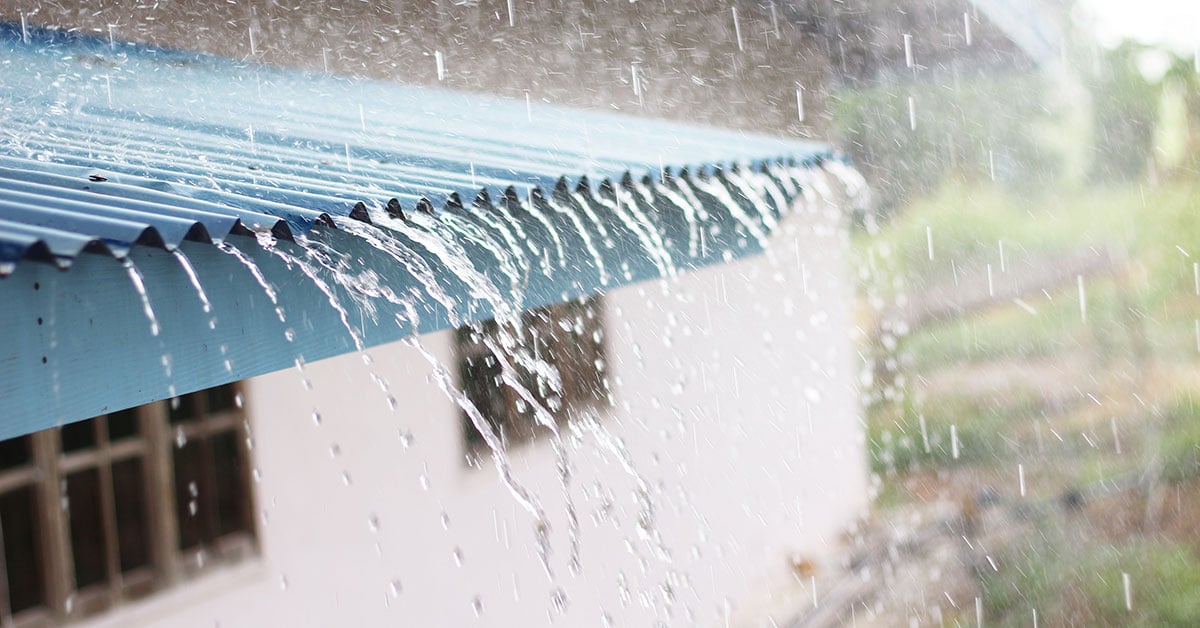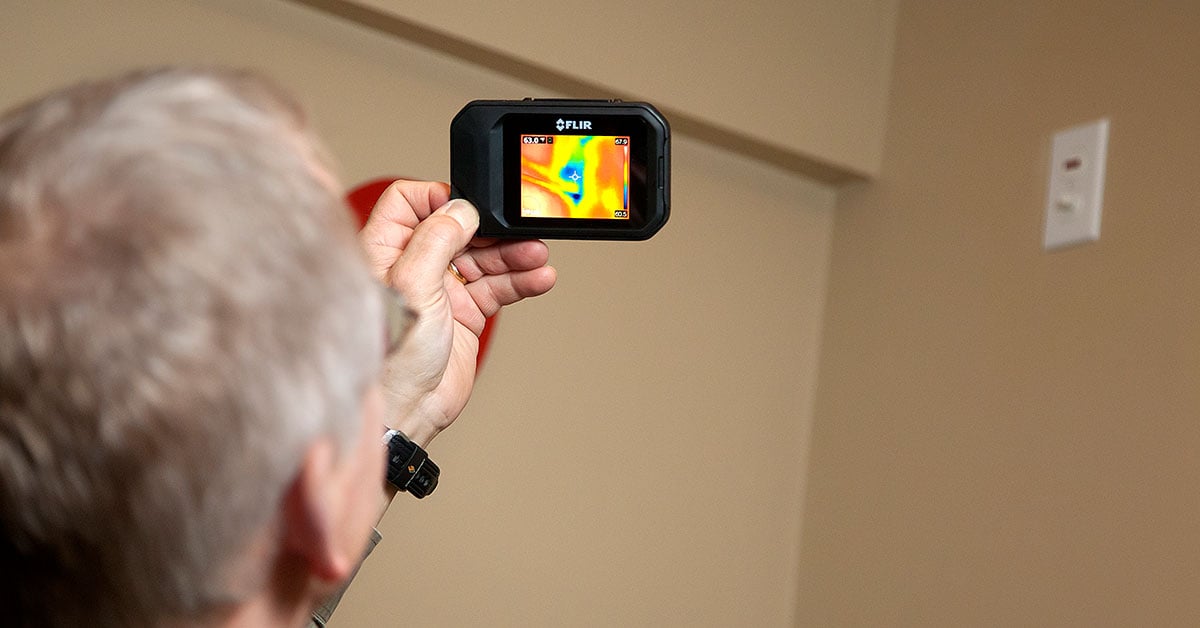Preparing A Home for Winter – Spot Issues with Thermal Imaging to Save on Heating Bills

Making simple repairs around the home can greatly improve energy efficiency and save homeowners a great deal of money every winter, year after year.
For homeowners and contractors alike, taking the time to scan a home with thermal imaging is win-win and can be done in minutes without the need for significant investments or thermography expertise.
Here are some quick tips for conducting a basic home energy inspection.
The Colder, the Better
Ideally, the homeowner will want to have potential energy inefficiencies in the home identified and fixed before the weather really gets cold. However, it is easier to locate places where hot air is escaping—around doors, windows, attics, and anywhere wires and cables enter the home—when there's a significant difference between indoor and outdoor temperatures.
Simply sealing gaps within these common problem areas can save the homeowner up to 20% annually on energy bills each year. According to HomeAdvisor, the average heating bill in the United States is $1,550 per year, translating to $310 in heating costs savings. In the UK, where home energy bills are expected to increase in 2022 to an average of £3,600 per year (source: Cornwall Insight Ltd), sealing gaps could help save homeowners more than £710 annually.
For those who experience hot summers, those same winter fixes could help improve cooling efficiency during the warmer months, further compounding energy cost savings throughout most of the year.
Check the Stripping
One of the easiest places to check for potential cold-air leaks—and also to remedy—is weather stripping around windows and doors. When it gets cold outside, stripping materials tend to shrink. Having the ability to check those spots, especially on an unusually chilly day in the fall, can help uncover what windows and doors truly need new sealing materials before the coldest days arrive.
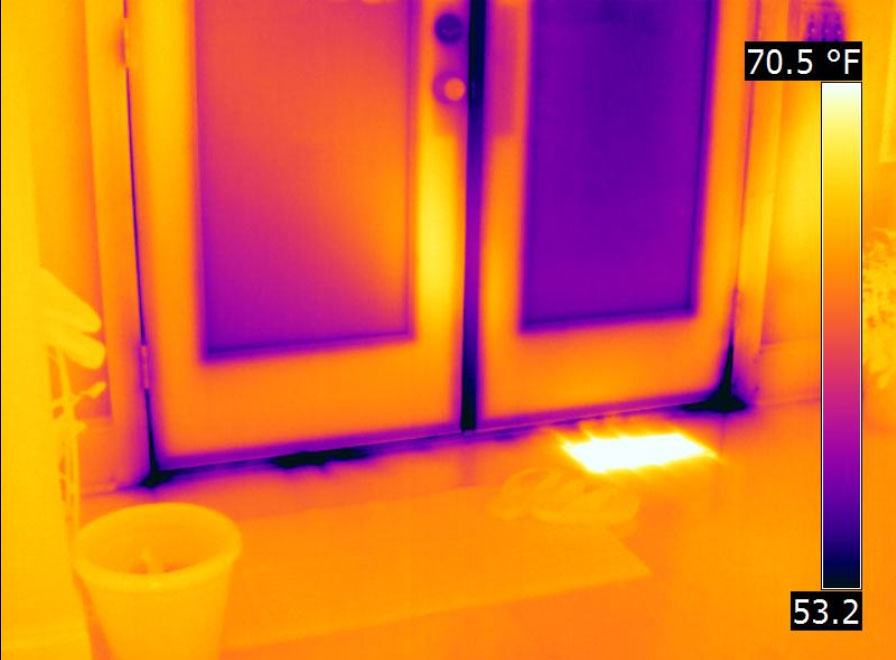
Stripping around windows and doors is a common source of air leaks.
Spot What’s Missing
If a leak by a window or door is large enough and the air is cold enough outside, one can easily feel the air leak with their hand. That’s not feasible with issues hidden inside a wall, but those problems can comprise an additional 10 to 20 percent of total home energy loss. Thermal imaging equipment is particularly adept at detecting places of missing insulation or insulation that has moved within the home, including the ceiling. For a variety of examples, check out the #MissingInsulationMonday hashtag on Instagram and Twitter to get an idea of common failures found in homes across the world.
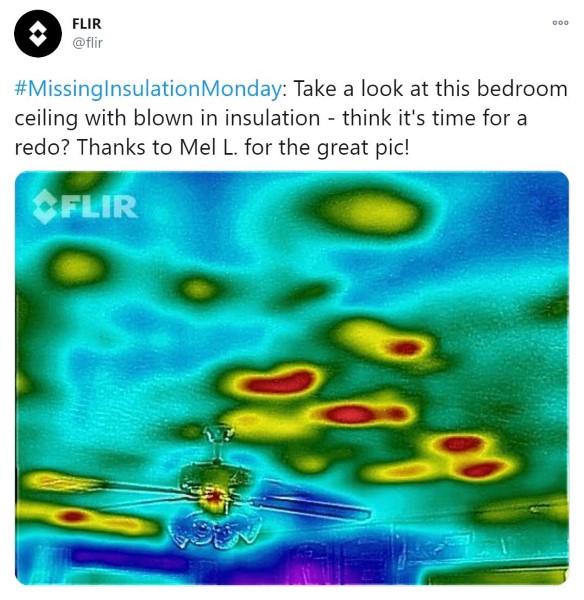
The Right Thermal Imaging Tools for Quick Home Energy Inspections
For homeowners, one of the FLIR ONE Edge Pro camera models makes an excellent choice. These mobile accessories wirelessly connect to a phone or tablet and allows you to easily inspect out of reach areas. The FLIR ONE Edge pro also offer both a thermal and visible-light cameras, and feature Multi-Spectral Dynamic Imaging (MSX®), which adds visible-light details to the thermal image. The additional context provided by MSX enables anyone to start hunting for air leaks and other issues such as missing insulation or other common issues that homeowners encounter, including water intrusion or common pests who build homes in the walls, crawlspaces, or even siding.

MSX adds visual details to a thermal image. Left – visible light image. Middle – thermal image. Right – thermal image with MSX.
For professionals and contractors, the FLIR C5 offers a more robust form factor that can handle the rigors of a job site and regular usage. Also featuring MSX, this handheld touchscreen device can handle drops from two meters and is IP-54 rated to repel the dust, grime, and weather of all types of environments. The C5 features FLIR IgniteTM cloud connectivity, which is a convenient location to store, organize, and share images, as well as produce quick reports that showcase repairs needed and repairs made. From Ignite, you can download and transfer images to FLIR Thermal Studio Suite. This state-of-the-art analysis and reporting software suite offers batch processing, thermal image analysis, custom reporting, and even leak-rate cost analysis for acoustic images.
Thermal Studio Pro has the added advantage of FLIR Route Creator with Reference Imaging which helps users organize efficient inspections that include reference images at each inspection point to ensure you collect comparable, historical data at each asset.
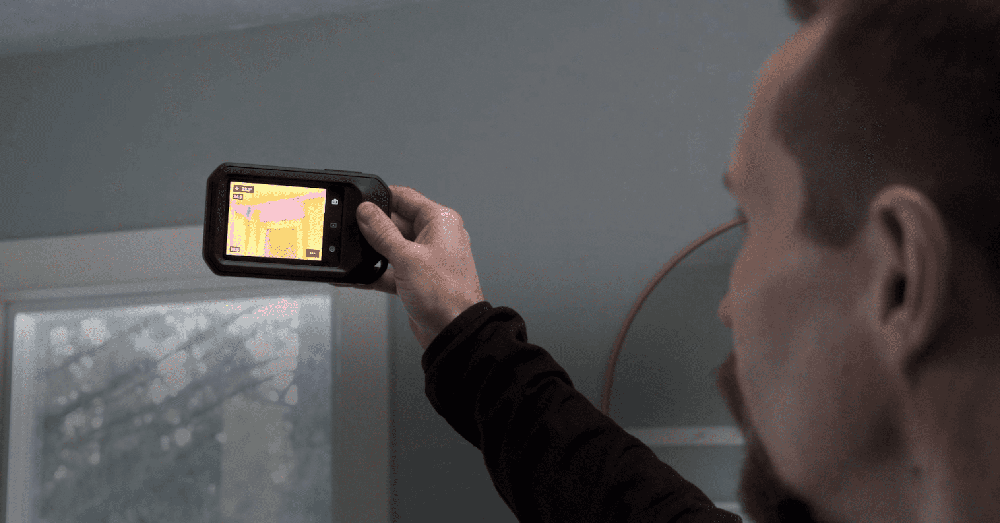
Want more tips on prepping a home for extreme weather? Learn how thermal cameras can help keep the home cool during a heat wave.
